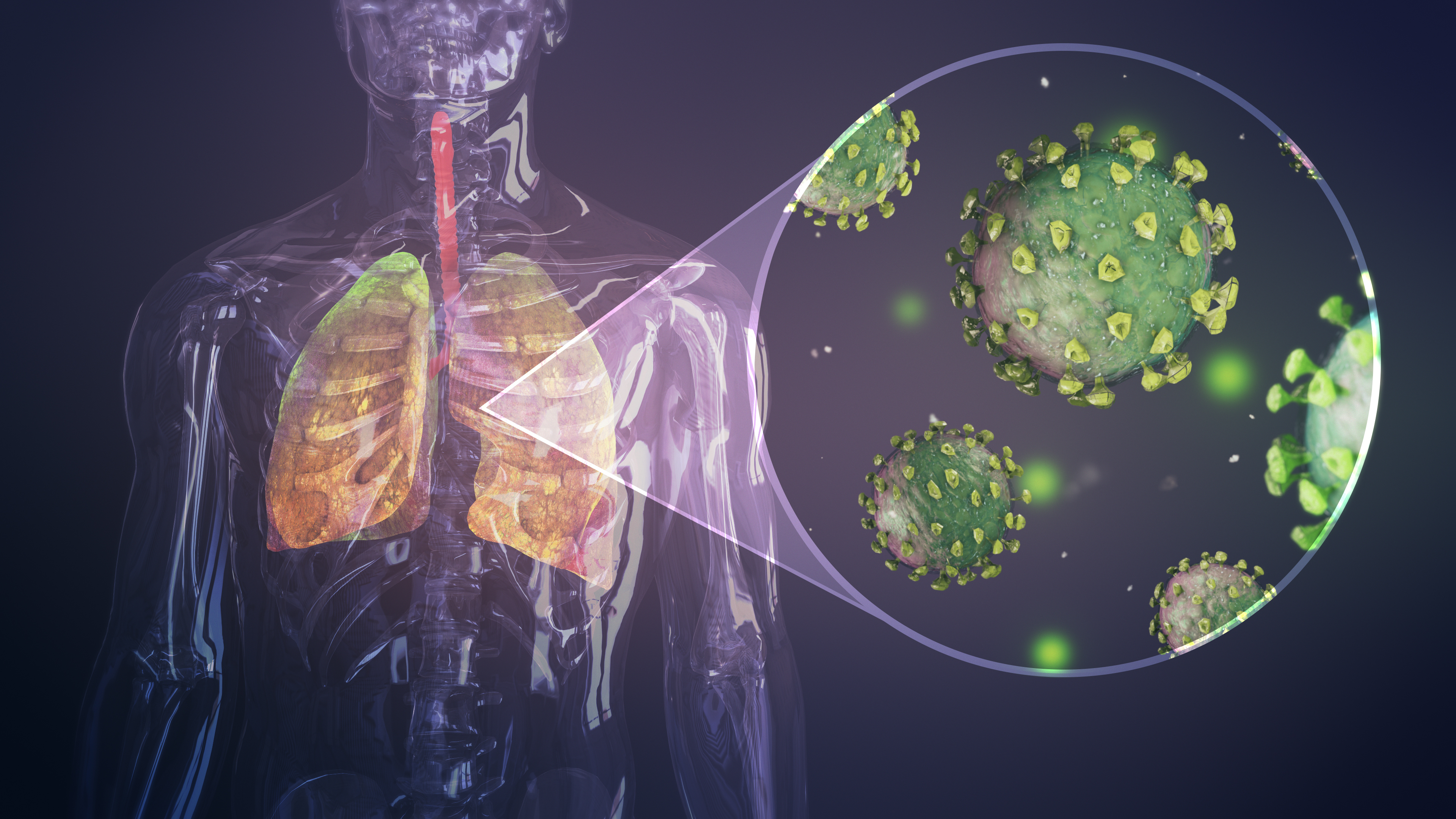COVID-19
What is it?
Coronavirus (COVID-19) is an infectious disease caused by the SARS-CoV-2 virus. There are many types of coronaviruses that cause respiratory infections. Various diseases can cause the same symptoms as COVID-19, from the common cold to more severe pneumonia.
What are the symptoms?
Fever
Cough
Sore throat
Shortness of breath
Runny nose or congestion
Headache or fatigue
Muscle or joint pains
Nausea or loss of appetite
Diarrhoea or vomiting
Temporary loss of smell or altered sense of taste
Transmission
In most cases, the virus spreads from person to person by
Being exposed to an infectious agent
By breathing in droplets from an infected person
By touching the mouth or face after touching objects or surfaces that have droplets on them from an infected person
Diagnosis
Rapid antigen tests (RAT) can be initiated to determine if COVID-19 is present. Recommended best practice to ensure the correct diagnosis is a polymerase chain reaction (PCR) swab collected from the throat and nose of a resident who has symptoms or is possibly infected with the virus. The registered nurse can initiate RAT and PCR tests. Inform the Doctor of the tests undertaken so the results can confirm the resident's diagnosis.
Outbreak definition
Two or more residents of a residential care facility who have been diagnosed with COVID-19 via RAT or PCR test within five days of each other and have been onsite at the residential care facility at any time during their infectious period; or
Five or more employees, visitors, and or residents of the residential aged care facility diagnosed with COVID-19, through RAT or PCR tests, within the past seven days who worked/visited during their infectious period.
An outbreak needs to be reported to the public health unit. Commence a spreadsheet, including
Names of the residents or staff that have symptoms
Date of onset of symptoms
Type of symptoms
When the symptoms resolve
